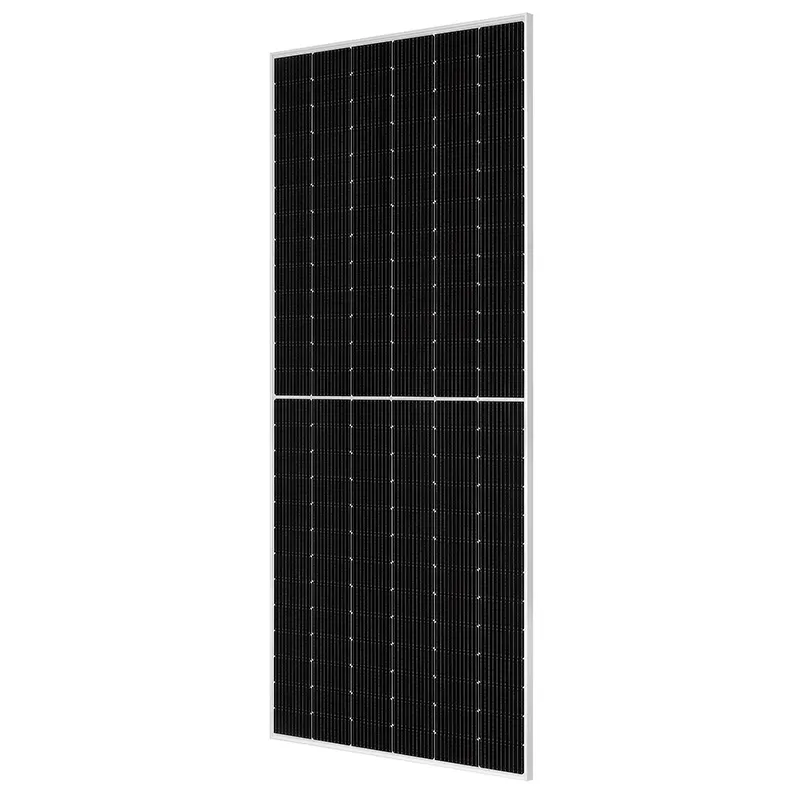types of solar panels
Types of Solar Panels
Solar energy is becoming an increasingly essential part of our transition to sustainable energy sources. As more homeowners and businesses invest in solar panel systems, understanding the different types of solar panels available is crucial. Broadly categorized into three main types—monocrystalline, polycrystalline, and thin-film solar panels—each type has unique advantages and disadvantages that cater to various needs and applications.
Monocrystalline Solar Panels
Monocrystalline solar panels are known for their high efficiency and sleek appearance. Made from a single continuous crystal structure, these panels typically have the highest power output among their counterparts, often exceeding 20% efficiency. Their efficiency translates into a smaller physical footprint, meaning fewer panels are required to produce the same amount of energy. This makes them an excellent choice for homeowners with limited roof space. Additionally, monocrystalline panels tend to perform better in low-light conditions and are generally more durable, with a longer lifespan—often up to 25 years or more—backed by robust warranties. However, they also come with a higher price tag compared to other types, which may be a consideration for budget-conscious consumers.
Polycrystalline Solar Panels
types of solar panels

Polycrystalline solar panels are made from multiple silicon crystals, which gives them a speckled blue appearance. They are generally less expensive than monocrystalline panels, making them a popular choice for those looking for cost-effective solutions. While their efficiency typically ranges between 15% and 20%, polycrystalline panels can still be a viable option for homeowners with larger roof spaces who can accommodate a greater number of less efficient panels. One downside is that they tend to have a slightly lower performance in high-temperature environments, which may affect their output in warm climates. However, they still provide excellent value for money and can lead to significant energy savings over their lifespan.
Thin-Film Solar Panels
Thin-film solar panels are the most versatile and lightweight option. They are created by depositing photovoltaic material onto a substrate, which can be made from various materials such as cadmium telluride or amorphous silicon. These panels are easier to install and can be manufactured in a variety of shapes and sizes, making them ideal for unconventional applications, such as integrated solar solutions on building facades or surfaces. However, thin-film panels generally have lower efficiency rates—often below 15%—and may require more space to generate the same amount of electricity as crystalline options. They also tend to have shorter lifespans and warranties compared to crystalline panels.
Conclusion
Choosing the right type of solar panel ultimately depends on individual needs, budget, and available space. Understanding the characteristics of monocrystalline, polycrystalline, and thin-film solar panels can empower consumers to make informed decisions that align with their energy goals and sustainability aspirations. As technology continues to evolve, the options for harnessing solar energy will only expand, contributing to a cleaner, greener future.
-
String Solar Inverter: The High-Efficiency Solution for Smart Solar EnergyNewsJul.14,2025
-
Revolutionizing Rooftop Energy with the Power of the Micro Solar InverterNewsJul.14,2025
-
Power Independence with Smart Off Grid Solar Inverter SolutionsNewsJul.14,2025
-
On Grid Solar Inverter: Powering the Future with Smart Grid IntegrationNewsJul.14,2025
-
Monocrystalline Solar Panels: High-Efficiency Power for the Future of Clean EnergyNewsJul.14,2025
-
Bifacial Solar Panel: A Smarter Investment for Next-Generation Energy SystemsNewsJul.14,2025







